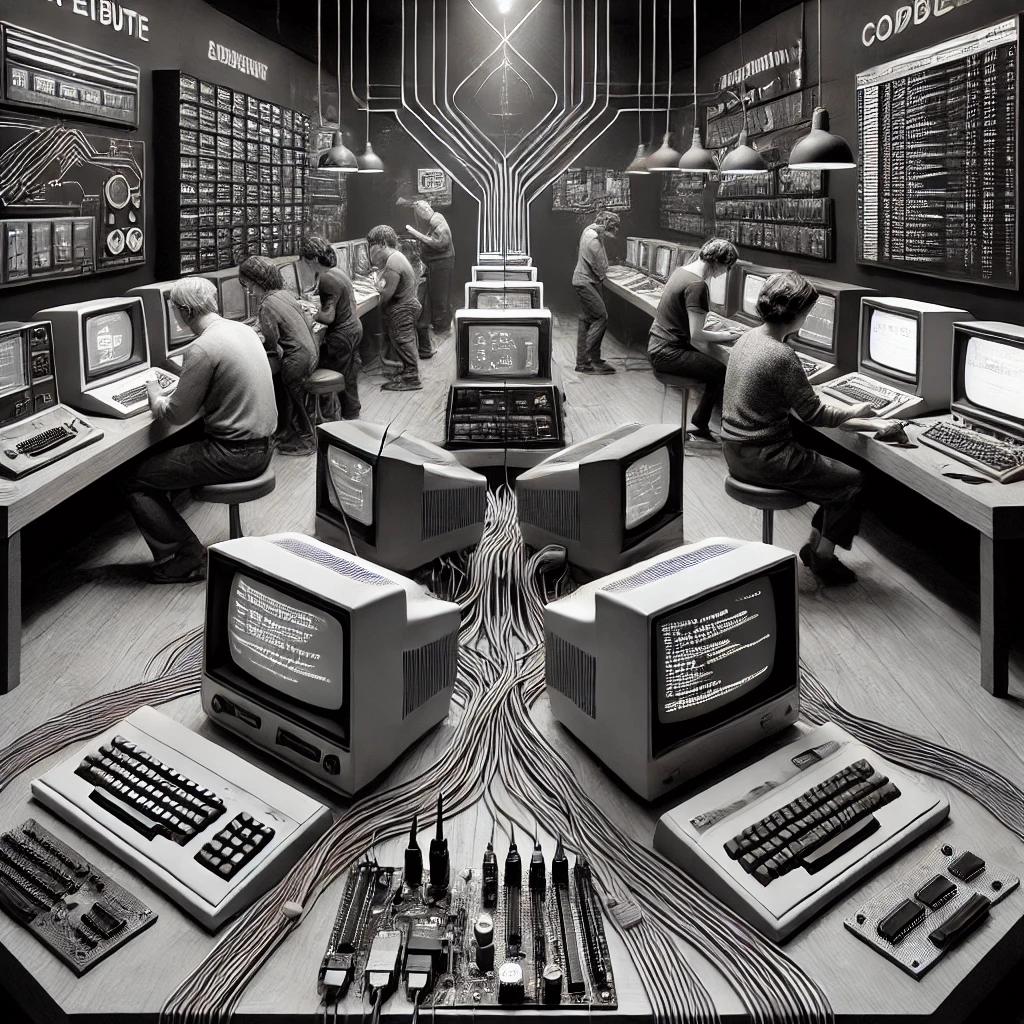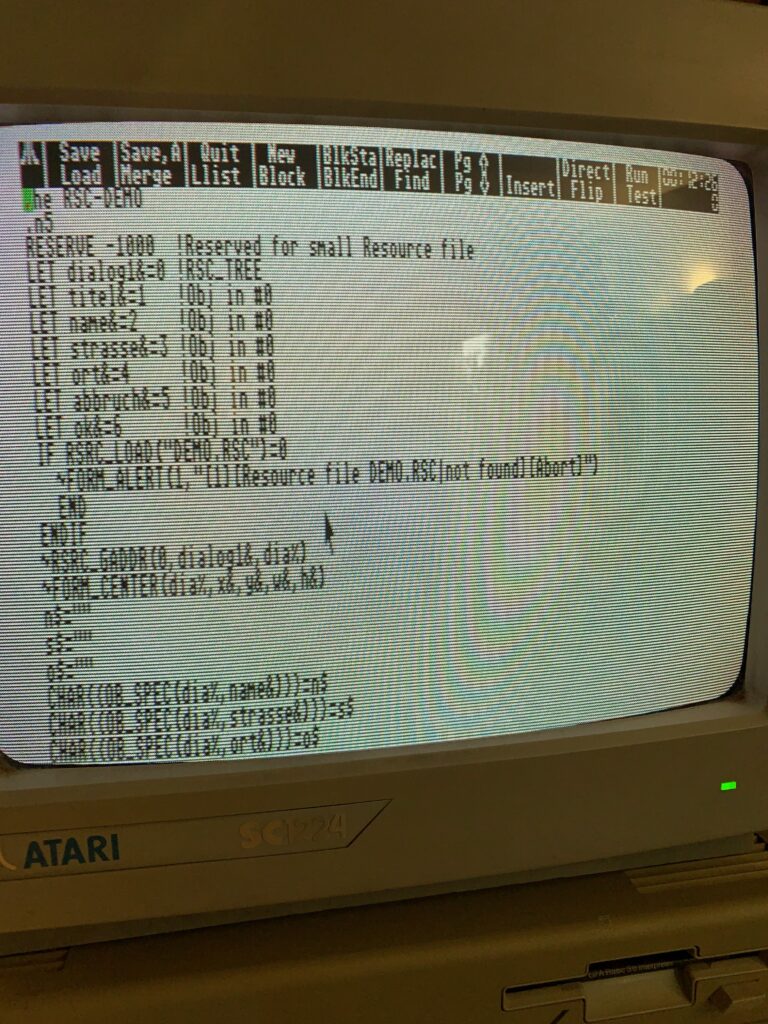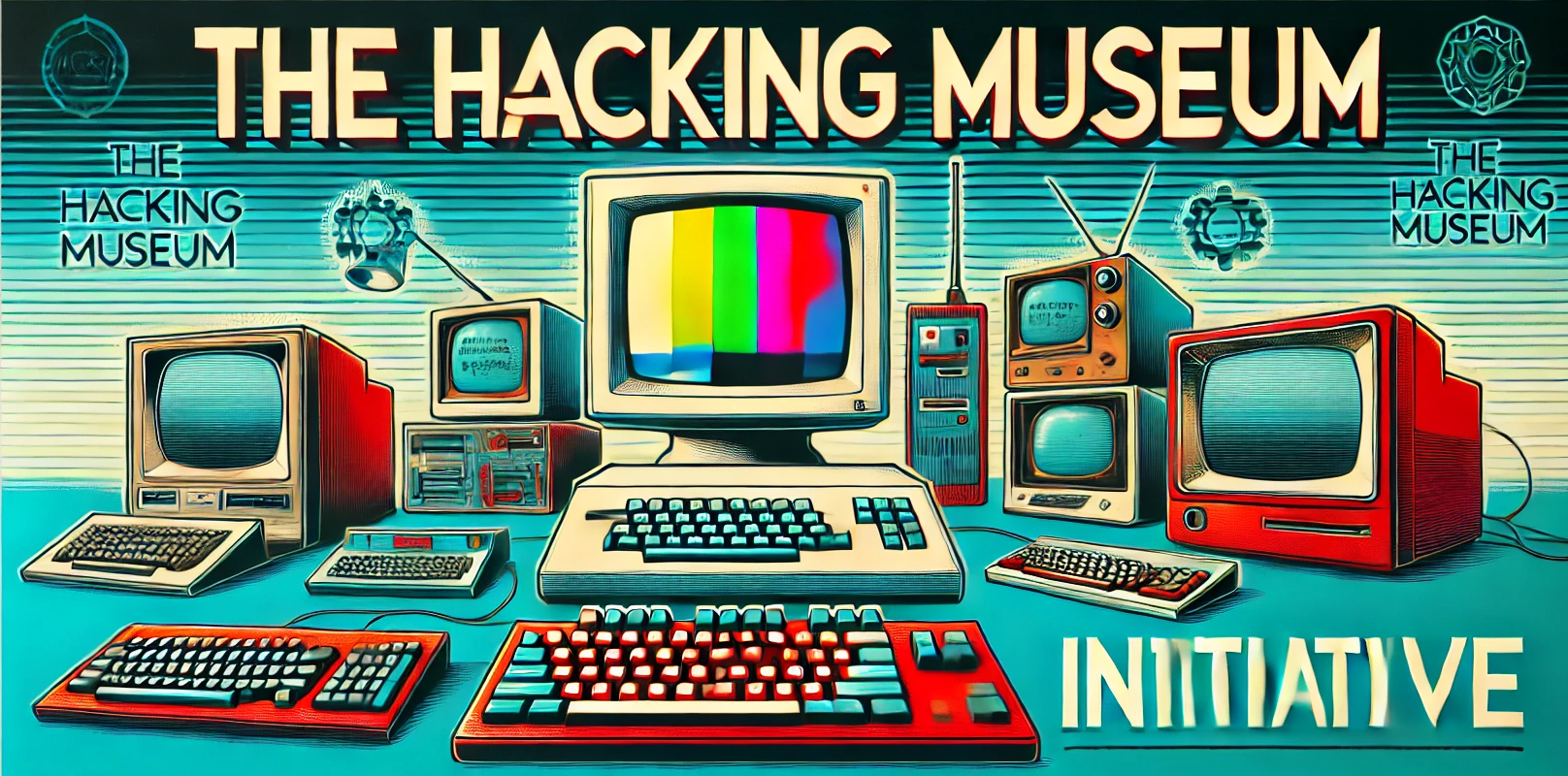Why Bother with Retrocomputers? Isn’t the Future Already Here?
we celebrate the unconventional, the out-of-the-box thinkers who have influenced the digital revolution.

You might be wondering: Why spend time fiddling with technology that’s older than most of the museum’s visitors? Shouldn’t we all be focusing on AI, quantum computing, and trying to hack the latest iPhone? Fair point. But hear us out.
Why Retrocomputing Is the Key to the Future (Yes, Really)
While today’s hackers are busy brute-forcing passwords with GPU rigs and hiding malware in blockchain, the real magic happened decades ago, when hackers had to work with nothing more than a soldering iron, a roll of tape, and an absurd amount of patience. The beauty of retrocomputing lies in constraint. Back then, you weren’t just hacking systems—you were hacking limitations. Learning to think like an old-school hacker gives you the edge in a world where modern systems are becoming more complex, but also more bloated.
Understanding Digital Roots for Modern Success
When you master assembly language on an 8-bit CPU, you start seeing modern CPUs as overachievers. Suddenly, managing memory on a modern system feels like child’s play. Mastering these foundational techniques not only sharpens your skills but also teaches you to approach modern systems with a level of ingenuity that most modern hackers have forgotten.
You see, the best hackers are the ones who know how to do more with less. Need proof? Hackers in the 70s brought entire businesses to their knees with nothing but a phone line and a piece of paper. Today, we need complex zero-day vulnerabilities to achieve the same results.
Philosophical Hackers: Why the Past Fuels the Future
The Hacking Museum isn’t just a geeky nostalgia trip—it’s a challenge. The kind of challenge that forces you to think critically, build resilience, and solve problems that no algorithm can fix. By revisiting the roots of hacking, you gain an appreciation for the craft that’s often missing in today’s cut-and-paste cyber landscape.
It’s a reminder that true innovation comes from understanding the limitations of technology and finding creative ways to work within (or bypass) them. Sure, hacking a quantum computer sounds sexy, but can you hack a ZX Spectrum to tweet for you? Didn’t think so.
Join the Movement: Because Old Tech Still Has Tricks Up Its Sleeve
So, why does all of this matter? Because hacking is about exploration, creativity, and refusing to accept limitations. Whether it’s writing malware for an ALTAIR 8800 or reverse-engineering a Tesla’s software, the mindset remains the same. The tools have changed, but the game hasn’t. The best way to future-proof your skills is to go back in time.

An IDE on an ATARI in 2024? It’s like entering a parallel universe. Brutally low resolution where every pixel struggles, and that retina-burning CRT screen. Yet, we’d spend hours squinting, debugging code with the same dedication as today. No autocomplete, no sleek debugging—just you, the keyboard, and raw determination. It’s a wonder anyone managed
This is not merely a showcase of nostalgic artifacts; it’s an exploration of how far hacking and computing have come.
The Hacking Museum events are a tribute to the hackers of the past and a source of inspiration for those of the future
